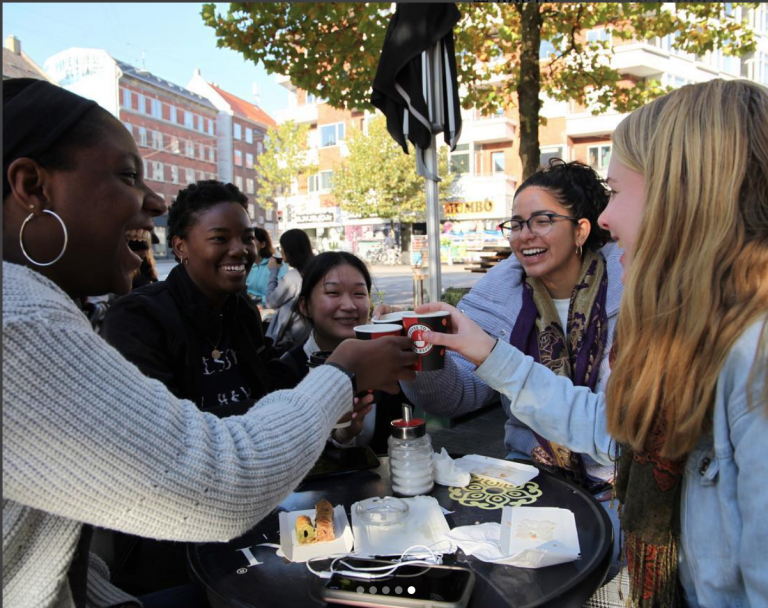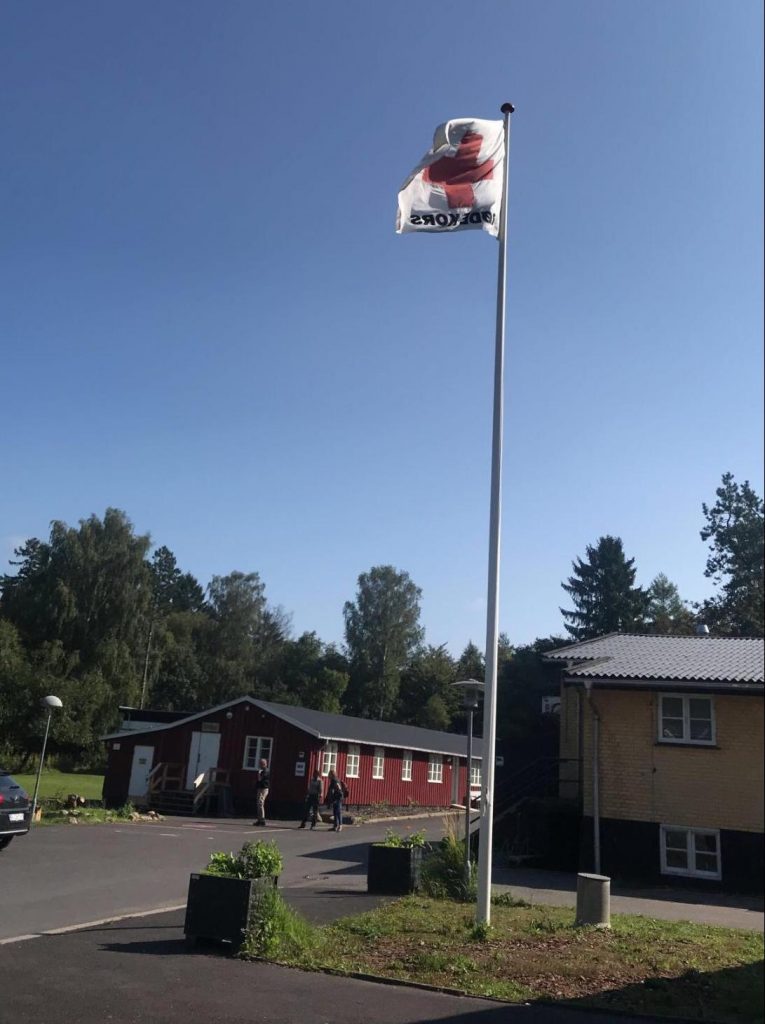Neve Rivera ’20, a dual major in Educational Studies and International Studies, shares about her Fall 2018 study-away experience at DIS Copenhagen, Denmark.

My time in Copenhagen has been a whirlwind with many challenging yet transformative experiences. My core course is “Children in a Multicultural Context.” The title seems pretty self-explanatory, but it’s not as simple as it seems. Being placed in a Red Cross Asylum Center for Unaccompanied Minors for my practicum every Thursday while also having opportunities to explore Danish classrooms of all ages, my amateur understanding of multiculturalism in child development and education has delved into areas that have made me much more open-minded and critical of the social and political complexities behind it. My course has forced me to think outside of the U.S. context of multiculturalism and, instead, focus on multicultural implications in Denmark. What does that mean? For context, in Denmark today, approximately 9% of the total Danish population (~ 5.7 million people) is of another ethnic background than Danish with the highest representations from Turkey, former Yugoslavia, Iraq, Poland, Germany, Afghanistan, and Somalia.This comprises majority of Danish classrooms to be racially and ethnically homogenous, yet the concept of multiculturalism still applies. In contrast, the United States is a nation of immigrants with a much different historical social and political background (i.e. segregation laws, Jim Crow laws, Black Lives Matter movement, DACA, affirmative action, etc.). The term multiculturalism changes in definition and with respect to social, political, and economic systems.
Specifically, being placed at an Asylum Center for Unaccompanied Minors has been the toughest yet most transformative challenge I have faced. Of the children who participate on the days I visit, it ranges between 6-14 children. Every visit brings a wave of humility, vulnerability and reassurance. I am constantly reminded of how I can use my privileges to transform the lives of children fighting to obtain their basic human rights, such as the rights to life, education, play, discrimination, and security. Here is an excerpt of something I wrote in my journal after my first visit:
These are children who travel unaccompanied for a better life and living with the fear of being rejected to have a safe, minimal lifestyle that their country of origin cannot provide them. Everything I have may be something they aspire to have solely in the fact that I have American citizenship. Our lives far apart from each other, geographically and legally – yet, we meet here, in Denmark, a place far from both of our homes. But for different reasons.
Every Thursday, before arriving at the Asylum Center, I remind myself to give my all – energy level has to be on 10! My goal is to always make each child smile or laugh at least once as a way to help distract the children from their worries at the Asylum Center. I truly believe there is a reason I was chosen to work with such a vulnerable population, but I do not know the reason, just yet. At times, I feel overwhelmed with the amount of growth I have already experienced, but it’s a feeling I encourage others to chase after. These past two months have been the most transformative time of my life!

